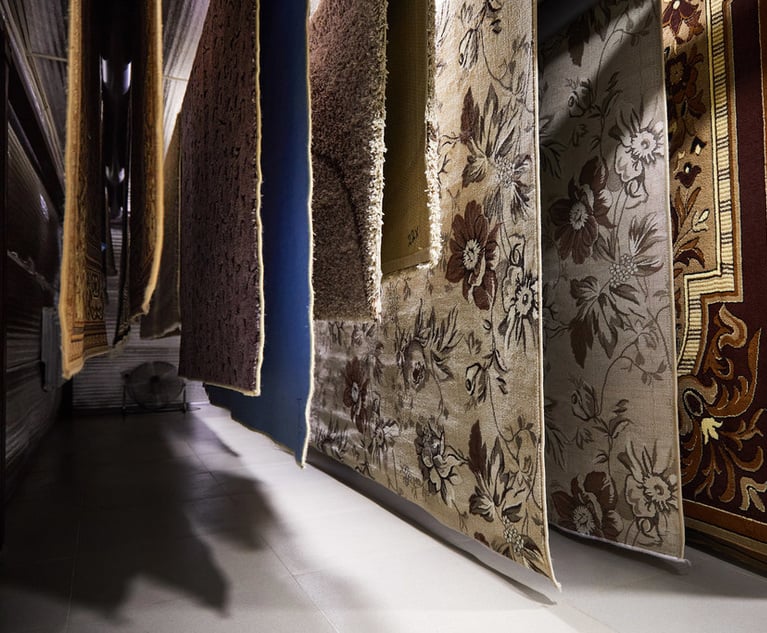 The policyholder is a rug-cleaning business with a number of endorsements, but do any apply to damage caused by the drying process? Credit: Mariakray/Adobe Stock
The policyholder is a rug-cleaning business with a number of endorsements, but do any apply to damage caused by the drying process? Credit: Mariakray/Adobe Stock
PropertyCasualty360.com editor's note: Every claim is different, and some insurance policies can be difficult to interpret for unique situations. FC&S Expert Coverage Interpretation, the recognized authority on insurance coverage interpretation and analysis for the P&C industry, makes it simple to find credible answers to your complicated coverage questions. The following letter was edited for length and clarity.
Recommended For You
Want to continue reading?
Become a Free PropertyCasualty360 Digital Reader
Your access to unlimited PropertyCasualty360 content isn’t changing.
Once you are an ALM digital member, you’ll receive:
- Breaking insurance news and analysis, on-site and via our newsletters and custom alerts
- Weekly Insurance Speak podcast featuring exclusive interviews with industry leaders
- Educational webcasts, white papers, and ebooks from industry thought leaders
- Critical converage of the employee benefits and financial advisory markets on our other ALM sites, BenefitsPRO and ThinkAdvisor
Already have an account? Sign In Now
© Touchpoint Markets, All Rights Reserved. Request academic re-use from www.copyright.com. All other uses, submit a request to [email protected]. For more inforrmation visit Asset & Logo Licensing.







